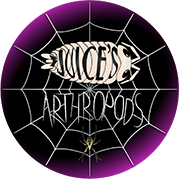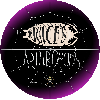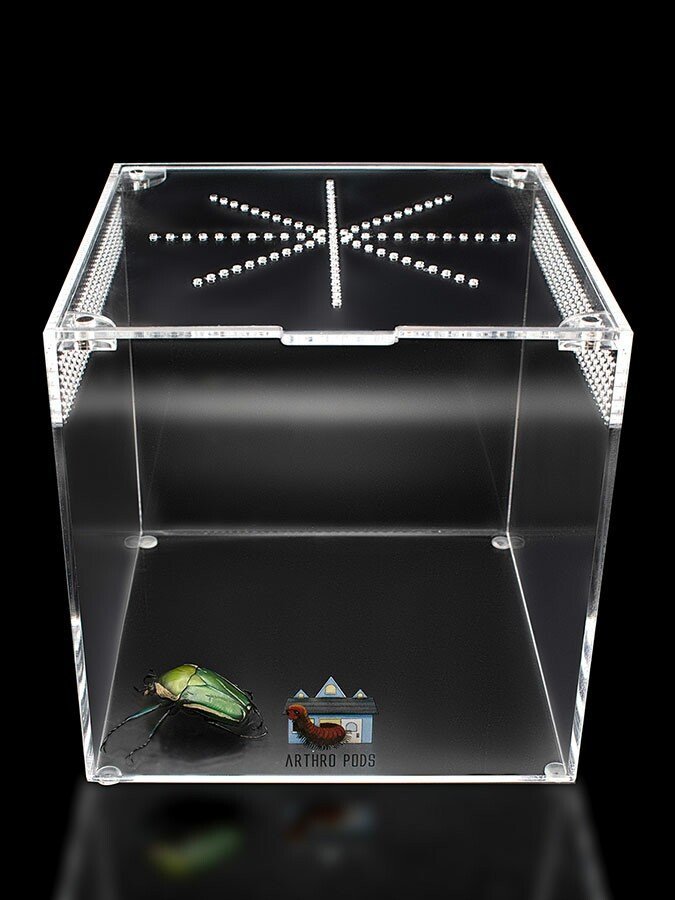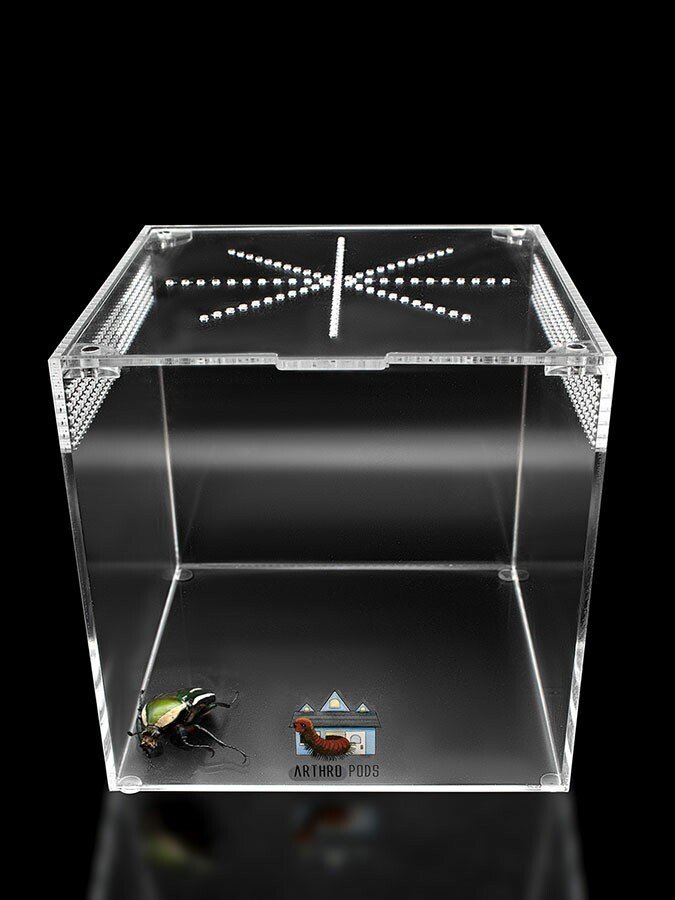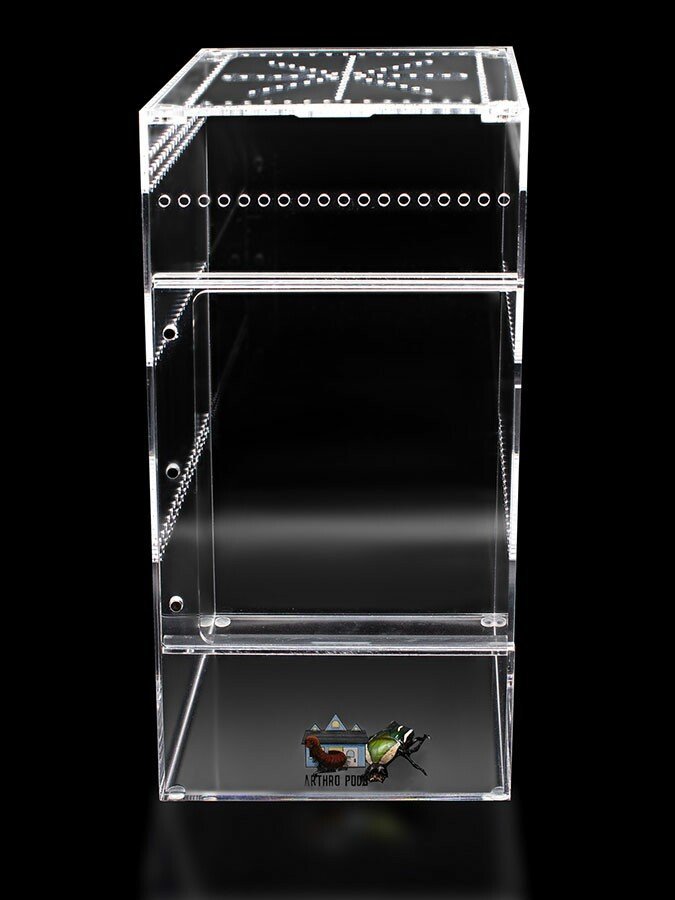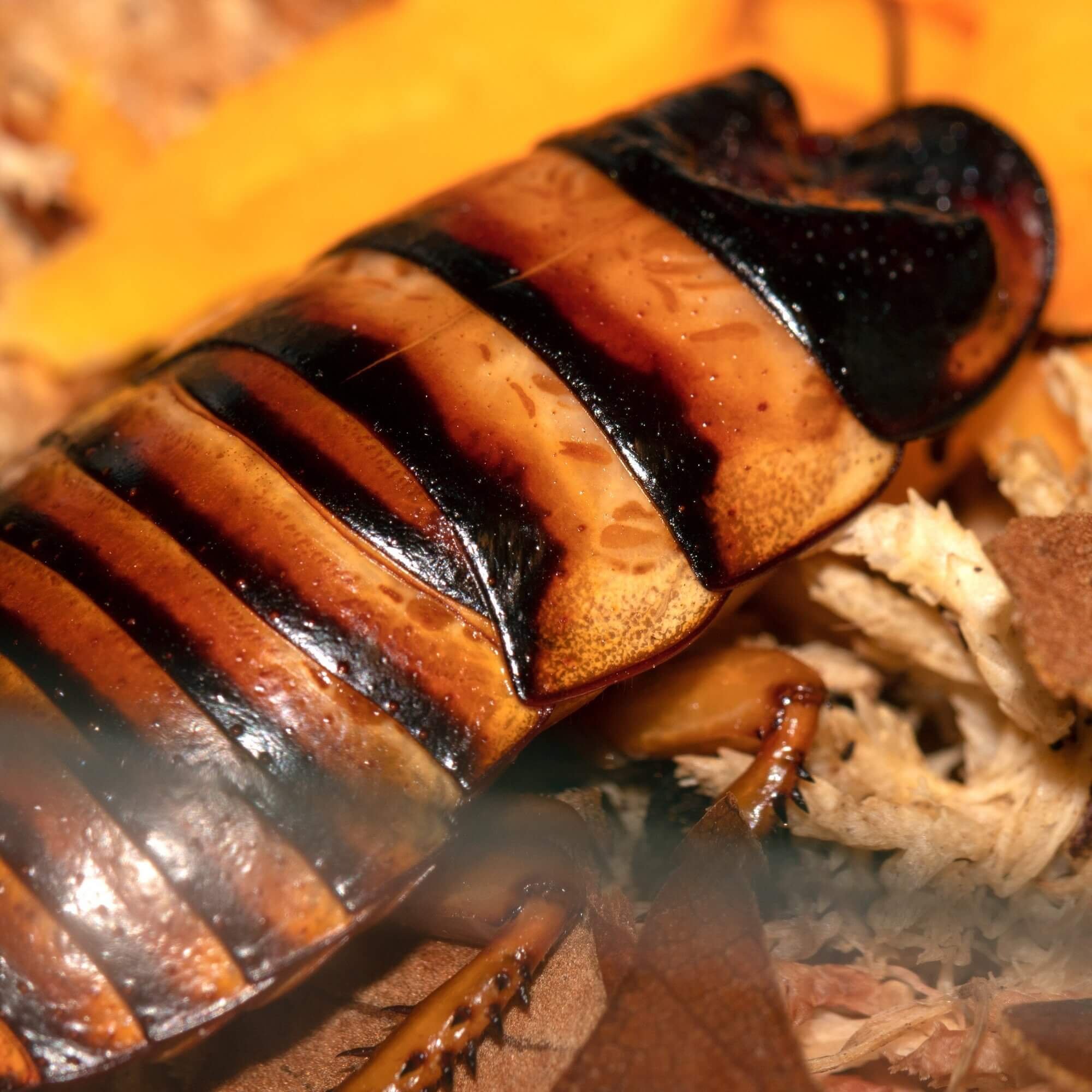Blaberus giganteus
Commonly known as Giant Cave Cockroaches. As the name suggests, these cockroaches are among the largest in the world, native to Central and South America, with adult individuals reaching sizes of up to 4 inches (10 centimeters) in length. They are known for their dark brown to black coloration and glossy exoskeleton. In their natural habitat, these cockroaches are typically found in caves, rotting logs, and other sheltered environments, where they play a vital role in breaking down decaying materials, including bat guano, contributing to nutrient cycling in their ecosystems. While they are nocturnal and prefer to be active at night, they are relatively calm.
Commonly known as Giant Cave Cockroaches. As the name suggests, these cockroaches are among the largest in the world, native to Central and South America, with adult individuals reaching sizes of up to 4 inches (10 centimeters) in length. They are known for their dark brown to black coloration and glossy exoskeleton. In their natural habitat, these cockroaches are typically found in caves, rotting logs, and other sheltered environments, where they play a vital role in breaking down decaying materials, including bat guano, contributing to nutrient cycling in their ecosystems. While they are nocturnal and prefer to be active at night, they are relatively calm.
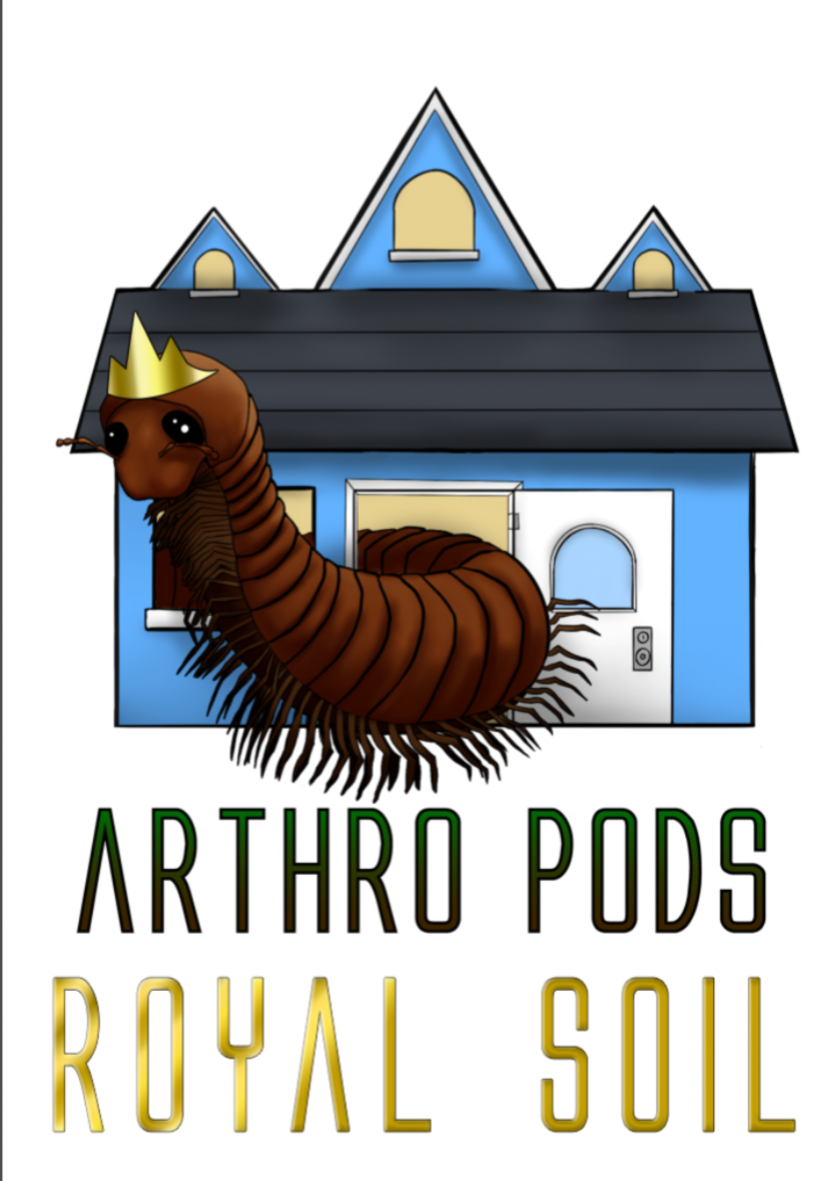

Commonly known as Giant Cave Cockroaches. As the name suggests, these cockroaches are among the largest in the world, native to Central and South America, with adult individuals reaching sizes of up to 4 inches (10 centimeters) in length. They are known for their dark brown to black coloration and glossy exoskeleton. In their natural habitat, these cockroaches are typically found in caves, rotting logs, and other sheltered environments, where they play a vital role in breaking down decaying materials, including bat guano, contributing to nutrient cycling in their ecosystems. While they are nocturnal and prefer to be active at night, they are relatively calm.
What's the ideal diet for Giant Cave Roaches?
We highly recommend feeding this species a balanced diet of vegetables & proteins. Additionally, we suggest introducing cuttlebone or crushed egg shells into the enclosure for a calcium boost. For vegetables, we recommend bok choy, mustard greens, and collard greens, as well as organic butternut squash or whatever squash is easily available. Cucumbers can be given for water purposes only, but note they mold easily, and springtails must be added to the enclosure to keep the mold spores to a minimum. For proteins, we recommend dubia chow or just regular dog food, either crushed up into a paste or wet down and tossed in.
How should I keep Giant Cave Roaches?
For habitats, we highly recommend keeping these guys in our Large Fossorial Fissure or Arboreal Bliss enclosures. Choose the Arboreal If you want them to have some verticality, giving them plenty of room to grow. With our magnetically fitted and sealed lid, you don’t need to worry about any offspring they have escaping. We recommend our Royal Soil blended substrate for soil. It will retain the proper moisture gradient needed and not dry out as easily as plain dirt might.
